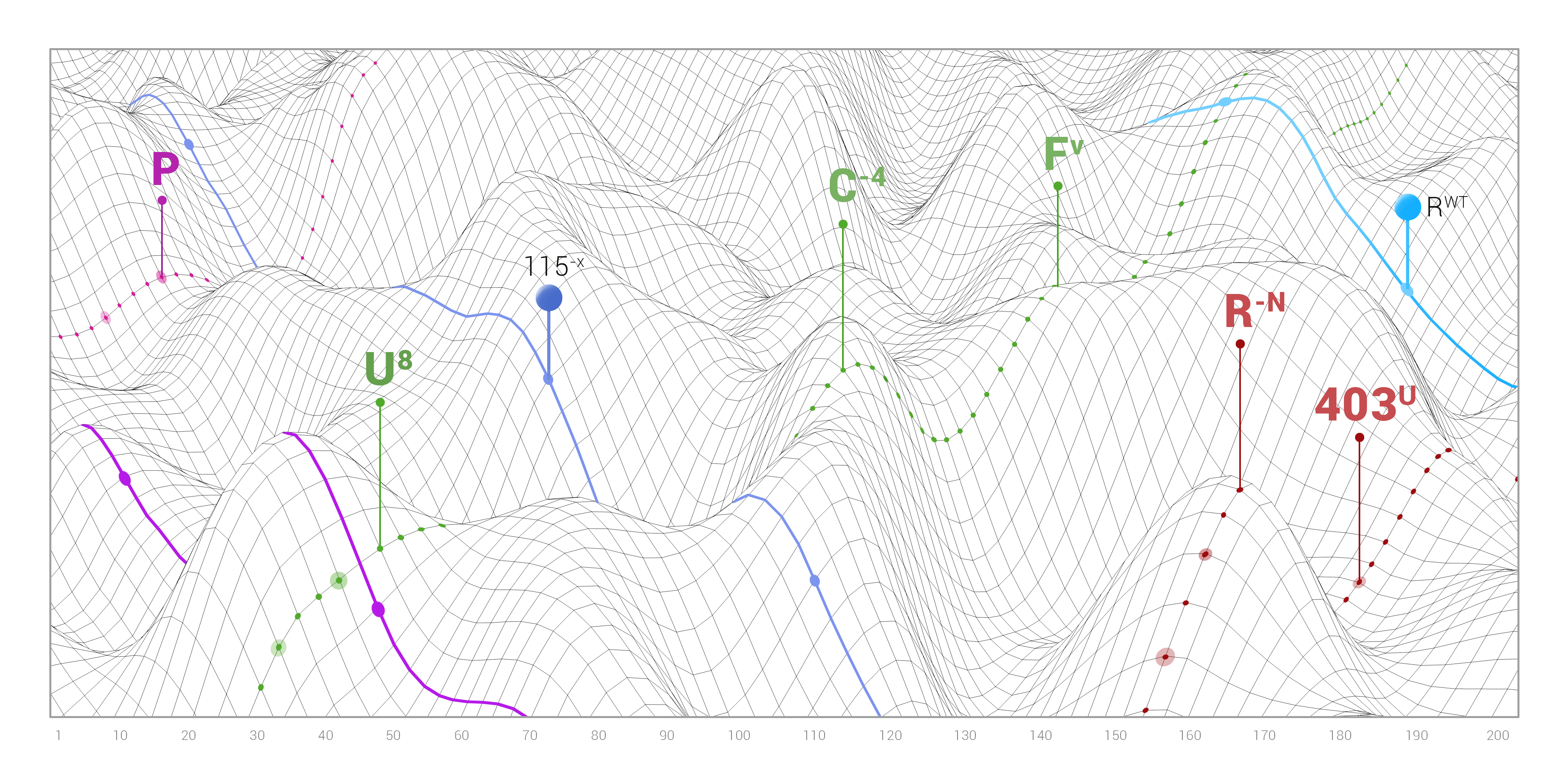Private party protocol: how to distinguish friends and foes using cryptographic tools
- Tutorial

ENCRY presents a new interactive identification protocol aimed at controlling the access of selected users to various resources.
Close your eyes and imagine Nice, a luxurious estate whose extravagant owner throws epic parties with jazz and fireworks every weekend.
To attend such a party is a lot of the elite. Invitations are sent out in advance, and guests do not know the names of other invited persons. The owner of the estate, the mysterious Jay Gatsby, an eager luxury-lover, values privacy so much that he is not ready to entrust the list of invitees to anyone, not even his buttress. Moreover, the owner of the estate would like the guests not to reveal their names when entering the property. After all, there may be the mayor of the city, or the chief prosecutor among them, and they would like to keep their visit secret. Unfortunately, the owner of the estate himself is so busy that he cannot independently check each guest at the entrance, especially since there are several access roads to his house. How could he solve this problem?








